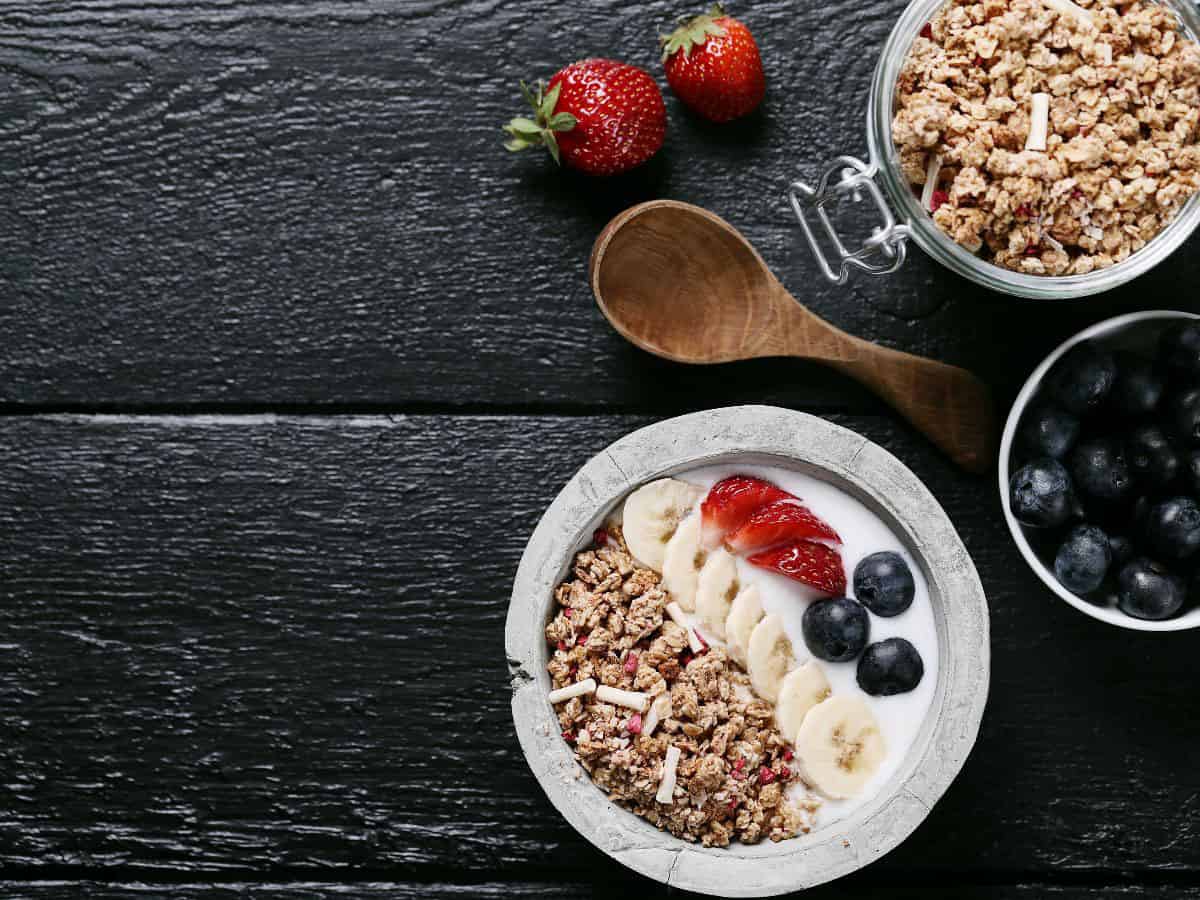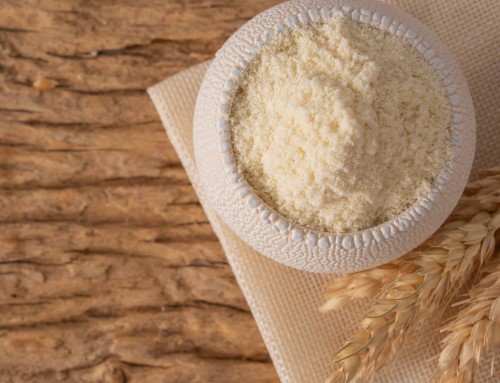Dietary Fibre and Obesity
Did You Know WFH Spiked the Obesity Rate?
The Covid-19 pandemic has forced many of us to work from home (WFH). Being homebound has changed our daily eating habits while being less active. Many of us tend to snack more than ever and rely on home food delivery such as GrabFood and Food Panda which are so convenient. This, unfortunately, has escalated the obesity rates amongst us.
Read more on how WFH increases obesity rates by The Star.
Let’s Fight Obesity with Dietary Fibre
As food manufacturers, how can we play our role to overcome obesity?
Consumers can lose their weight and boost their healthy eating habits by ensuring they are getting a balance of optimal protein, healthy fats and fibre-rich food into their diets.
Dietary fibres are not digested by the body which helps to boost the digestion process, extend the time to feel ‘full’ and increase the volume of the stools. A person on a high-fibre diet can consume the same amount of food but at lower calories.
Dietary fibres slow-down the sugar absorption from the intestines to maintain lower blood sugar levels and prevent a sharp increase in blood insulin levels, which then linked to obesity and an increased risk of diabetes.





